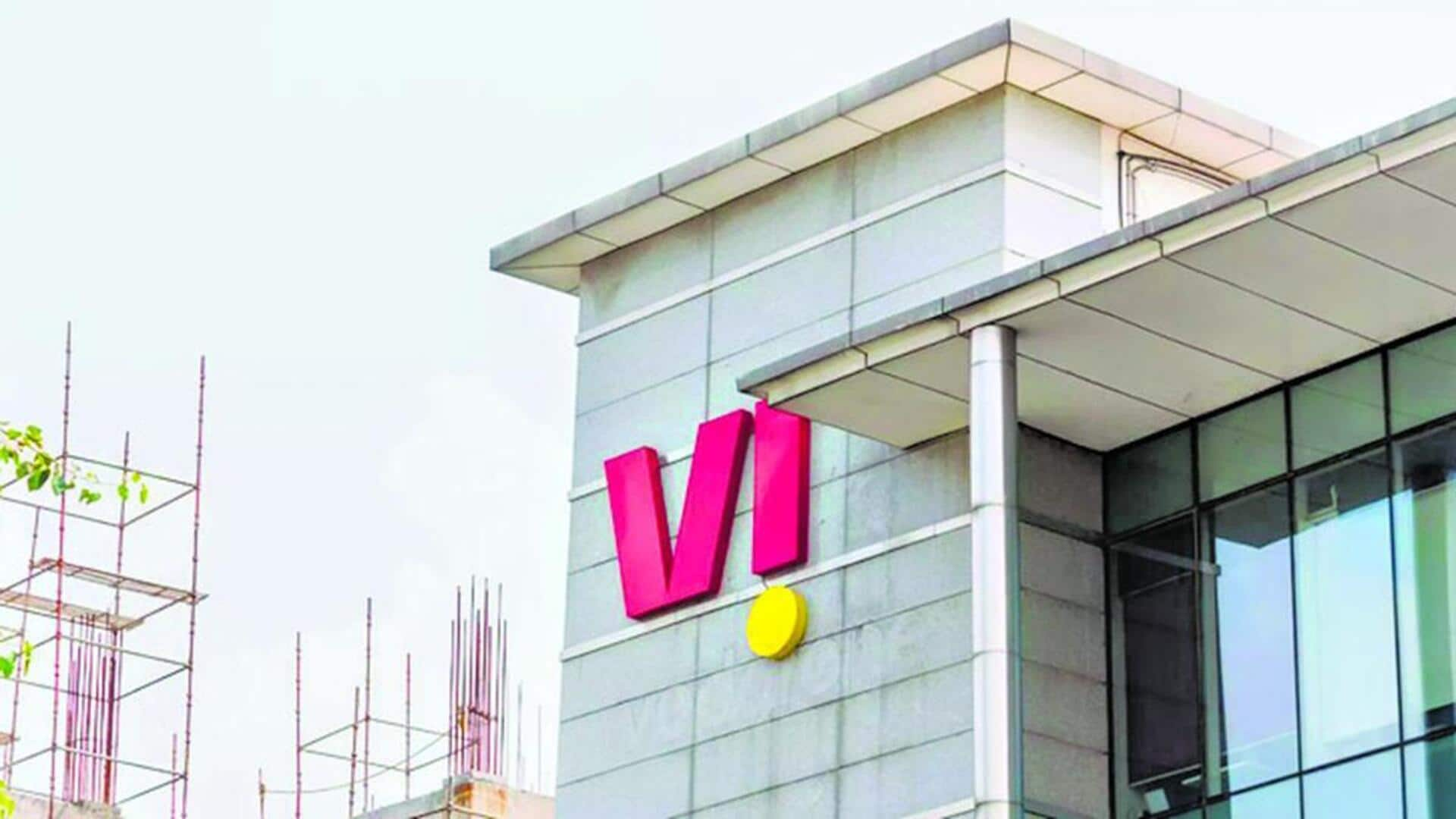
Vodafone Idea shares touch 1-year high today: What's the reason?
What's the story
Vodafone Idea, a leading telecom company, has seen a major surge in its share price this week. The stock jumped by 6% in today's trading session, hitting ₹11.08 per share, its highest level in a year. This comes after three consecutive sessions of gains and is the company's strongest weekly performance since mid-August. The rally has been fueled by better-than-expected Q2 results and expectations of future tariff hikes.
Financial performance
Vi's Q2 FY26 results
In the September-ending quarter (Q2 FY26), Vodafone Idea posted a net loss of ₹5,524.2 crore. This is an improvement from the ₹7,176 crore net loss in the same period last year. The company's consolidated revenue from operations for this quarter was ₹11,194.7 crore, a 2.4% increase from last year's ₹10,932.2 crore in Q2 FY25 due to higher average revenue per user (ARPU).
Subscriber growth
ARPU and subscriber numbers
Vodafone Idea's ARPU stood at ₹180, beating analysts' expectations of ₹166. This was largely driven by customer upgrades and tariff hikes. The company also saw a growth in its 4G/5G subscriber base, ending the September quarter with 127.8 million users as compared to last year's 125.9 million in Q2 FY25.
Market outlook
Motilal Oswal maintains 'Neutral' rating
Despite the positive financial performance and subscriber growth, brokerages are maintaining a cautious stance on Vodafone Idea's stock. Motilal Oswal has maintained its 'Neutral' rating with a revised target price of ₹9.5 from ₹10 earlier. The brokerage said the Supreme Court's ruling on AGR dues is positive for Vodafone Idea, and could help unlock its long-pending debt fundraising.
Price adjustment
JM Financial raises target price, maintains 'Add' rating
JM Financial has also raised its target price for Vodafone Idea to ₹11 from ₹9.5 while maintaining an 'Add' rating. The brokerage noted potential upside triggers such as higher government waivers, surrender of older spectrum, conversion of more dues into equity, steep tariff hikes, and stronger subscriber additions. This reflects a cautiously optimistic outlook on the company's future performance in the market.